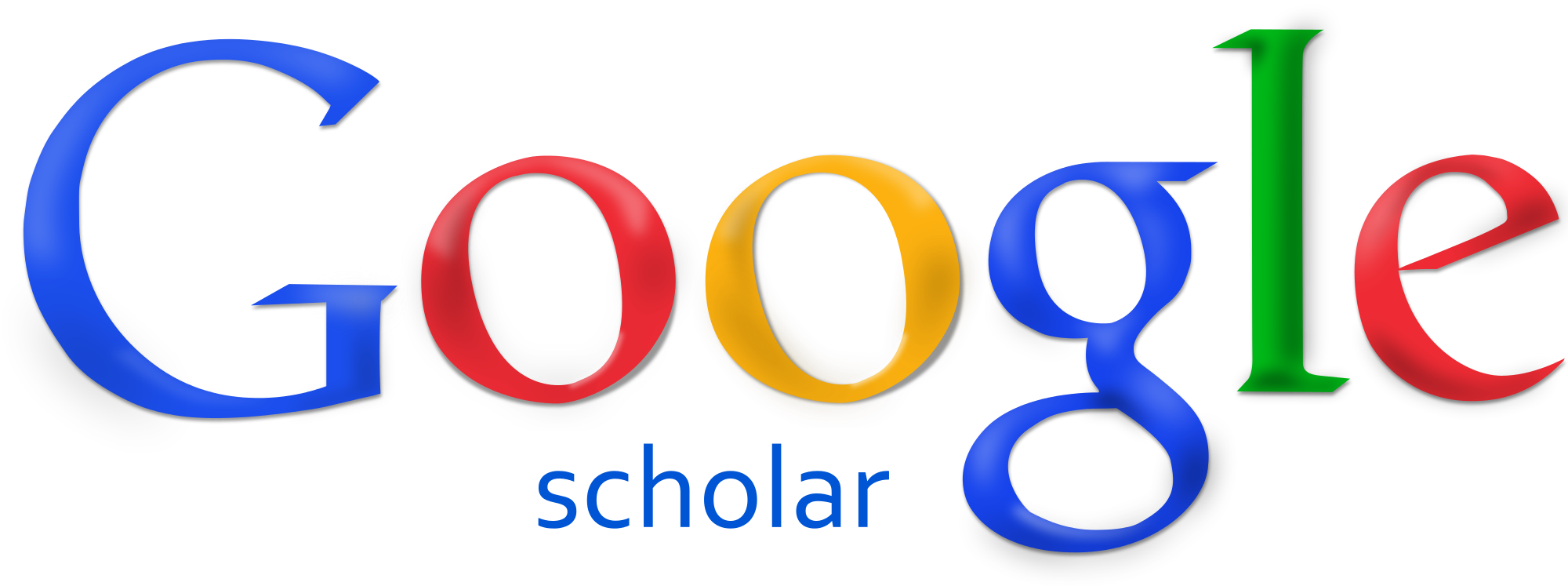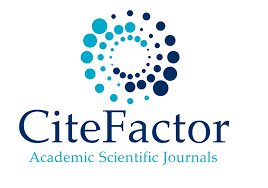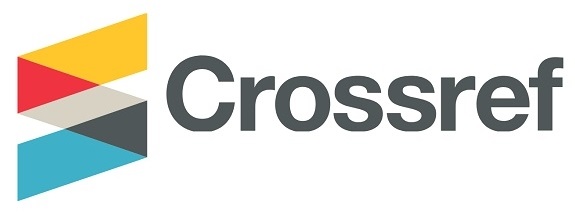PERGESERAN MINAT BELANJA GEN MILENIAL DAN GEN Z DI TENGGARONG
DOI:
https://doi.org/10.36277/geoekonomi.v16i1.579Keywords:
Millennials, Generation Z, shopping preferences, consumer behavior, digitalizationAbstract
This study aims to analyze the differences in shopping preferences between Millennials (born 1981-1996) and Generation Z (born 1997-2012) in Tenggarong District. The research focuses on four main variables influencing purchasing decisions: cultural, social, personal, and psychological factors. A descriptive quantitative approach was employed, involving 200 respondents, consisting of 100 Millennials and 100 Generation Z individuals. Data were analyzed using the Mann-Whitney test to identify significant differences between the two groups. The findings indicate no significant differences in shopping preferences between Millennials and Generation Z across all variables examined. Although there were differences in the Mean Ranks, the p-values for cultural (0.154), social (0.132), personal (0.923), and psychological (0.300) variables were above 0.05. This demonstrates that the shopping preferences of both generations are generally similar, despite minor variations in how they access information or are influenced by trends. Factors such as ease of online shopping, trust in e-commerce platforms, and motivation to secure discounts and promotions are the main reasons for the similarities in shopping behavior between the two generations. This study provides valuable insights for businesses to design effective marketing strategies by aligning their approaches with the digital preferences and practical needs of both generations.
Downloads
References
Apsari, R., & Darmastuti, R. (2022). Budaya Belanja Online Generasi Z dan Generasi Milenial di Jawa Tengah. Semarang: Universitas Diponegoro.
Christiani, L. (2020). Generasi Net: Studi Perilaku Digital Generasi Z. Jakarta: Gramedi Pustaka Utama.
Creswell, J. W., & Poth, C. N. (2020). Qualitative Inquiry and Research Design: Choosing Among Five Approaches. Los Angeles: SAGE Publications.
Gojhali, T. (2011). Pengantar Statistik untuk Penelitian. Jakarta: Salemba Empat.
Kotler, P., & Keller, K. L. (2020). Marketing Management. New Jersey: Pearson Education.
Kusmawati, N. (2019). Perilaku Konsumen di Era Digital. Bandung: Alfabeta.
Rangkuti, F. (2016). Analisis SWOT Teknik Membedah Kasus Bisnis. Jakarta: Gramedia Pustaka Utama.
Salomon, M. R. (2019). Consumer Behavior: Buying, Having, and Being. New Jersey: Pearson Education.
Savitri, D., & Patricia, S. (2020). Psikologi Konsumen dan Perilaku Belanja. Surabaya: Erlangga.
Schiffman, L. G., & Kanuk, L. L. (2007). Consumer Behavior. New Jersey: Pearson Prentice Hall.
Setiadi, N. J. (2018). Perilaku Konsumen dan Strategi Pemasaran. Jakarta: Kencana Prenada Media Group.
Sugiyono. (2004). Metode Penelitian Kuantitatif, Kualitatif, dan R&D. Bandung: Alfabeta.
Sugiyono. (2020). Statistika untuk Penelitian. Bandung: Alfabeta.
Zorn, J. (2017). Generational Differences and Their Impact on Marketing Strategies. Boston: Harvard Business Press.
Downloads
Published
How to Cite
Issue
Section
License
Copyright (c) 2025 Soni Saputra, Widya Hana Fahleti, Septira Dewi

This work is licensed under a Creative Commons Attribution 4.0 International License.
You are free to:
Share - copy and redistribute the materials in any medium or format for any purpose, even for commercial purposes.
Adapt - compose, change and develop the material for any purpose, even for commercial purposes.
The licensor cannot revoke these freedoms as long as you follow the license terms.
With the following conditions:
Attribution - you must give appropriate credit, provide a link to the license, and indicate if changes have been made. You may do so in a reasonable manner, but not in any way that suggests that the licensor endorses you or your use.
No additional restrictions - You may not implement legal provisions or technological measures that legally restrict others from doing anything permitted by the license.
Notice:
You do not have to comply with the license for elements of the material that are in the public domain or where your use is permitted by an applicable exclusion or restriction.
No warranties are given. This license may not grant all the permissions necessary for your intended use. For example, other rights such as publicity, privacy, or moral rights may limit how you use the material.

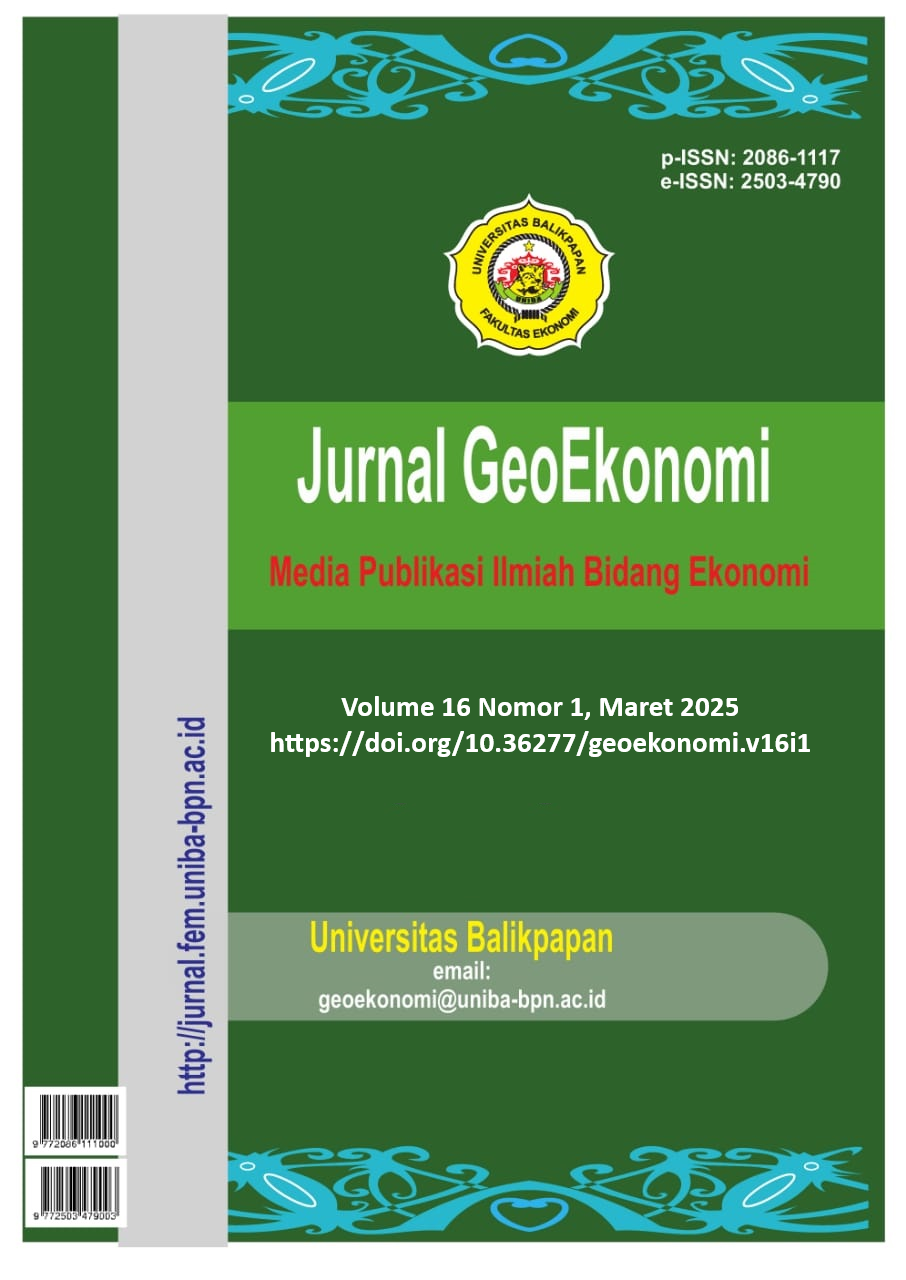
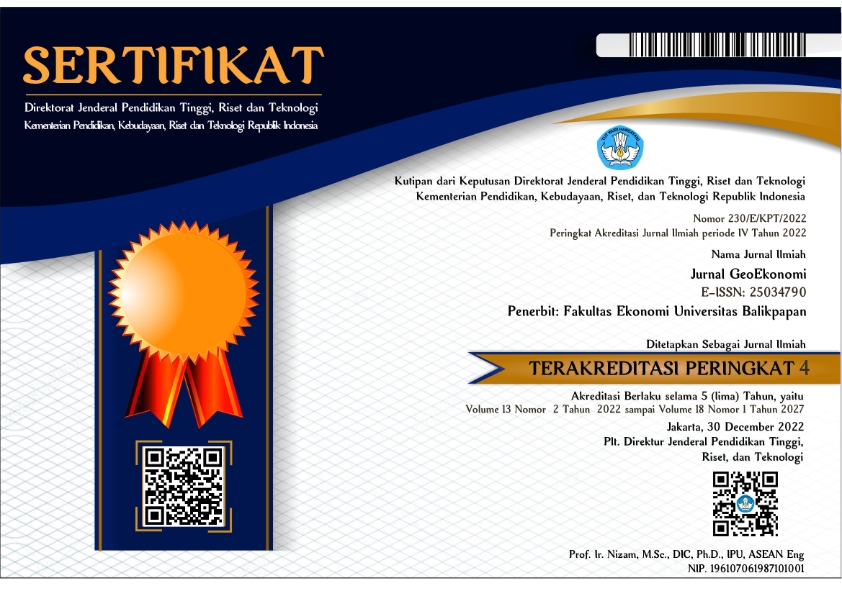




_geoekonomi.png)
_geoekonomi.png)
